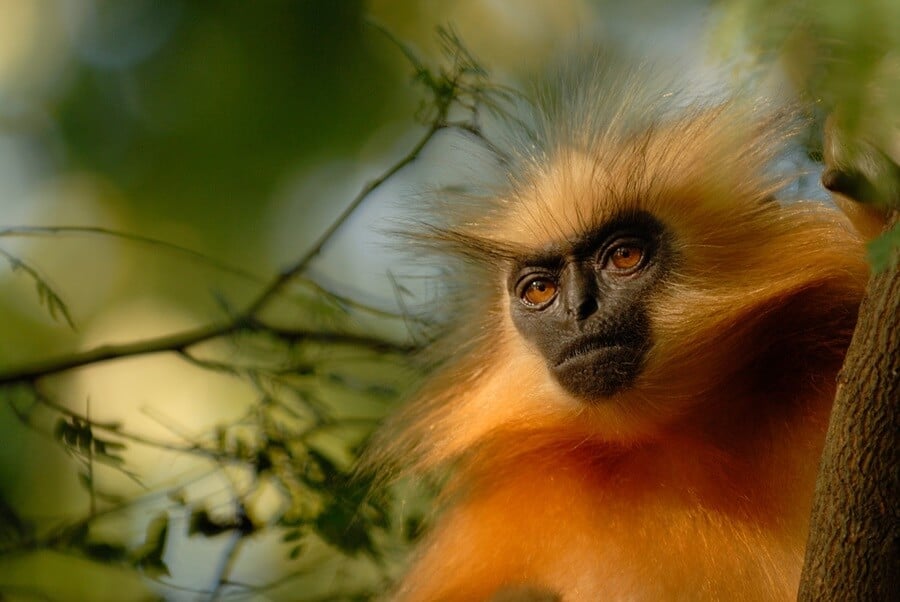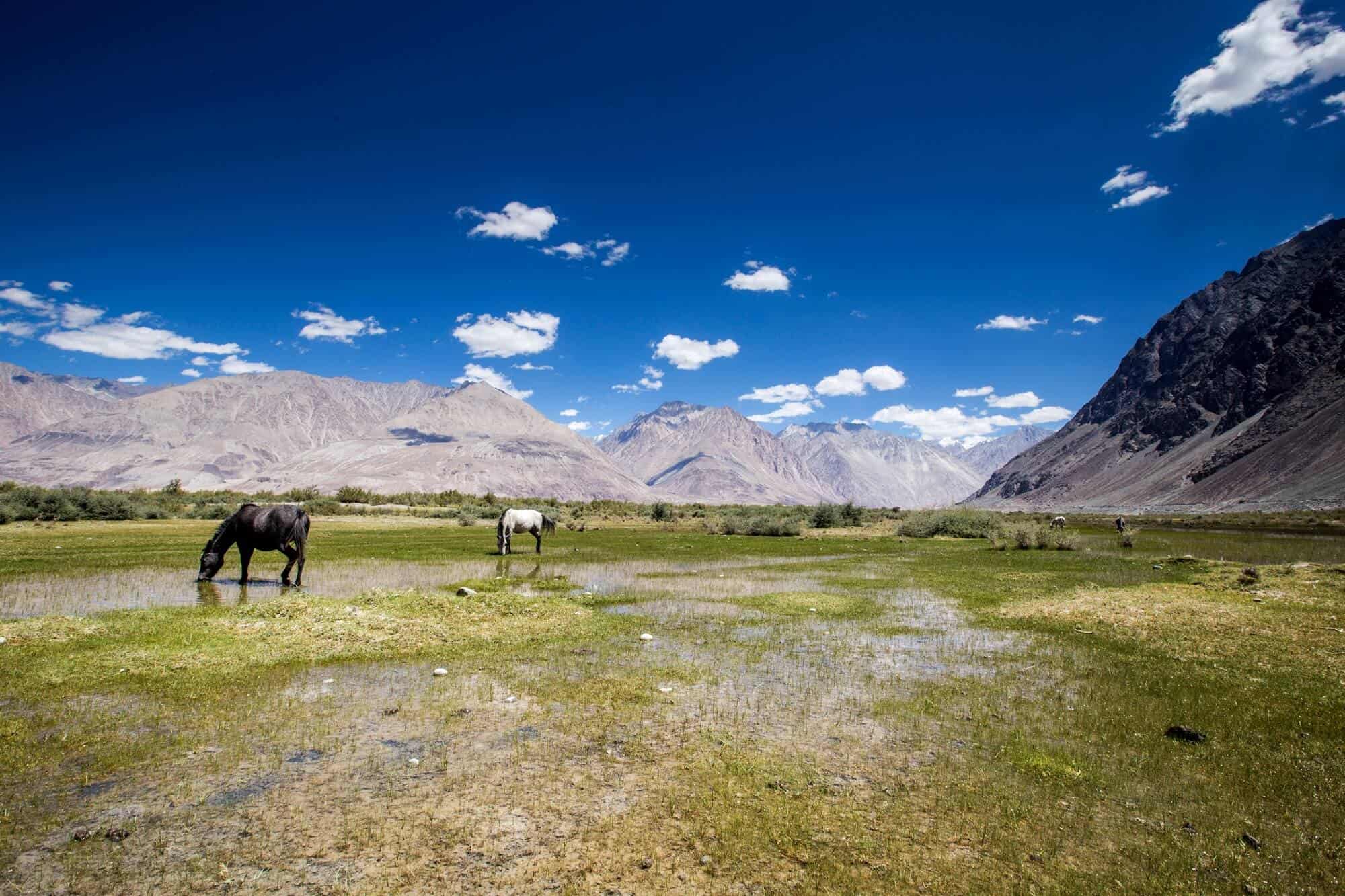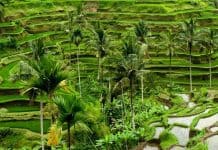Besides its numerous wildlife sanctuaries, India also has nearly twenty national parks. All manner of flora and fauna can be found within the boundaries of these parks. Below are a few of the most popular.
Sri Venkateswara National Park extends over two districts of Chittoor and Cuddapah of Andhra Pradesh in an area of 353.62 sq.km. The park established in October 1989, is named after Lord Venkateshwara of Tirupati. It is located in Rajampet of Cuddapah district and Chandragiri and Bailapadu of Chittoor district. The hilly terrain bounded by Seshachalam and Tirumala hills is rugged and beautiful with gorges, steep slopes, plateaus and valleys. The park is also famous for its beautiful waterfalls like Talakona, Gundalakona and Gunjana.
Kaziranga National Park lies on the south bank of the Brahamaputra. The Park was established in 1908 and was declared a National Park in 1974.

Hemis High-Altitude National Park is the largest high-altitude reserve of India. Very close to Leh, in the area of Markha and Rumbak Valleys, the area in general is rocky and sparsely covered. The park comes under the district of Ladakh and represents the Trans-Himalayan ecosystem. The park was established in the year 1981 to preserve the dwindling population of wildlife in Ladakh region with an area of 600 sq km. The park has been earmarked as one of the snow leopard reserves under a central government project to conserve the species, its prey population, and fragile mountain habitat.It takes its name from the world famous Buddhist Gompa situated here.
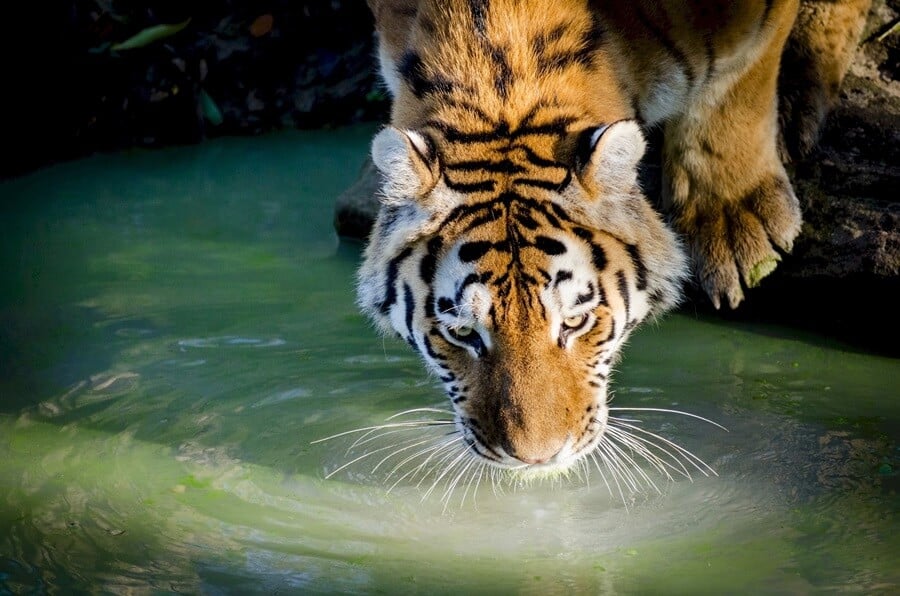
Sunderban is located in the Ganga delta in West Bengal and was declared a National Park in 1984. It covers a vast stretch of mangrove swamp, lush forested islands and small rivers near the Bay of Bengal and comprises mainly of estuarine mangrove forests and swamps. The Sajnakhali sanctuary, famous for its rich avian population, is regarded as a part of the Sunderbans National Park.
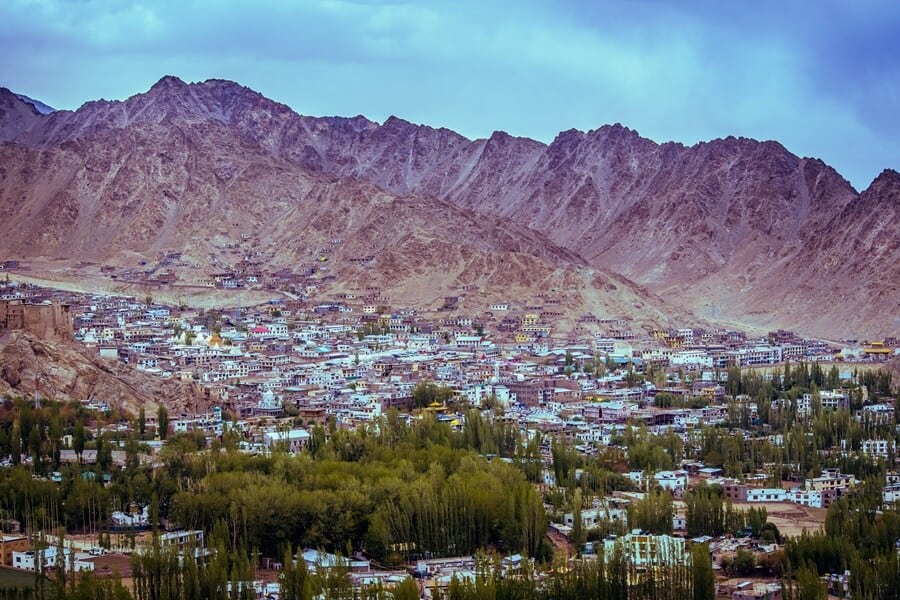
Namdapha National Park in India is now a protected area, having been declared in 1983 Namdapha National Park under Wildlife (Protection) Act. The same year, it was also declared as a Tiger Reserve under project tiger. With a total area of 1,985-sq-kms, this is the largest national park in the Northeast and one of the larger protected areas in the country.
About 150 species of trees have been identified which include Dipterocarps like the Hollong growing up to 50 metres. The floral species’ richness and composition are very impressive indeed and show density, variation and endemicity, which may have few parallels. This includes a rich gene pool of indigenous crop plants along with their wild relatives and ecological variants such as the wild banana, citrus and mango. A formidable list of medicinal and ornamental plants including the wild orchids can be also be made.
Of a total of 135 kind of land mammals found in India, as many as 75 kind are represented in Namdapha which no other reserve in the country can match. Perhaps the richest assemblage is in the order carnivora with 22 kinds identified in Namdapha and it is surely the only protected area in the world having four big Cats- Tiger, Leopard, Snow Leopard and Clouded Leopard.
In herbivores also, the variety is amazing considering that apart from several Deer species, Namdapha is home to the bison as much as to the Himalayan Tahr and the Bharal. Besides, it has all the three Goat Antelopes found in India – Goral, Serow and Takin.
Amongst primates, it is the habitat of the rare and endangered Hoolock Gibbon, the only Ape species found in India. The different species of flying squirrels include one that is endemic which has been named as the Namdapha Flying Squirrel. This is a must-see stop on any tour of India.
